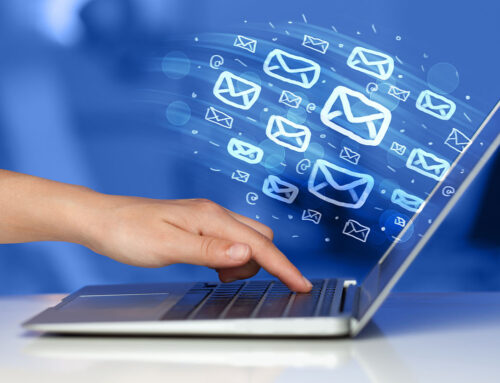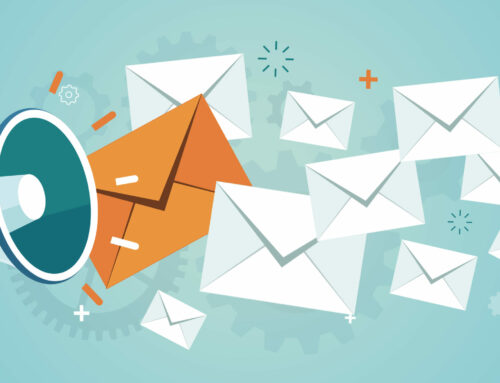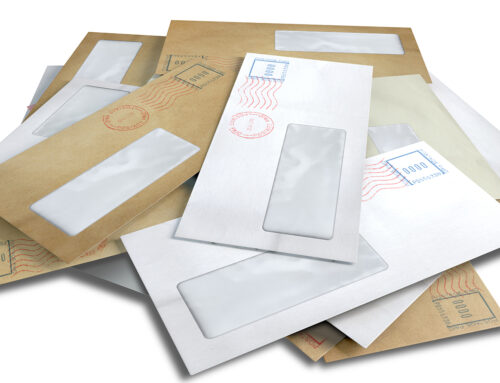
Your donors are busy people.
Crazy busy.
They work all day and come home to this: a stack of mail to sort, dinner to cook, homework to help with, and work that they brought home to catch up on before crashing into bed.
They don’t have time to read a long donor newsletter from you.
They don’t WANT to read long newsletters from you.
Yet your donor newsletter is one of the greatest tools you have to steward your donors and build relationships.
So what do you do?
Create your best donor newsletter with a sizzling hot donor newsletter template – just answer these 3 questions.
Create a donor newsletter template
1. Plan it out. No one ever did a great job of stewarding donors at the last minute. Having a plan for your newsletter will keep you from being reactive in putting it together. Here are 4 main things to think about when planning for your newsletter.
When do you want it to go out? Choose the frequency of your newsletter based on how often you need a touchpoint with your donors, not based on your schedule. This is about staying in touch with them, and that needs to happen often. I suggest quarterly for print and monthly for a email.
 Who are you writing to? Get clear about who will receive your newsletter. Donors? Volunteers? Others? What do they know (or not know) about your nonprofit’s work? Remember that even though you think you’ve educated them about your programs, they don’t remember as much as you think they do. They aren’t in it every day like you are. Repeating something you shared 6 months ago is fine. They won’t remember.What do they care about? Talk to their hearts and their passion. Appeal to them emotionally. Giving is an emotional act, and if you want them to donate, give them a good motivation to do it.
Who are you writing to? Get clear about who will receive your newsletter. Donors? Volunteers? Others? What do they know (or not know) about your nonprofit’s work? Remember that even though you think you’ve educated them about your programs, they don’t remember as much as you think they do. They aren’t in it every day like you are. Repeating something you shared 6 months ago is fine. They won’t remember.What do they care about? Talk to their hearts and their passion. Appeal to them emotionally. Giving is an emotional act, and if you want them to donate, give them a good motivation to do it.
What do you want people to do after reading the newsletter? Be clear about your Call To Action (CTA). Should you include a reply envelope? Sign up to volunteer? Something else? Decide what you want them to do, then make sure the stories in your newsletter support that action.
What’s the best way to send it? Decide on the best delivery method, either print or email for your best donor newsletter. The easiest way to decide is to ask yourself which way the donors want it. It’s all about them after all, not about your budget. NEVER decide to send your newsletter email only simply to save money. That’s the wrong reason to make the decision – it’s selfish and doesn’t take the donor’s desires into consideration.
As you create your plan for your best donor newsletter, put together a production schedule that gives you plenty of time to get it written, edited, designed, and sent out. Trying to do this at the 11th hour will only stress you out, and trust me, you won’t put together a connecting, engaging newsletter when you’re stressed out.
2. Write what they want to read. One of the biggest mistakes I see people make with their newsletter is they throw it together at the last minute with information they want the donor to know or whatever pops to mind that’s “new,” and they don’t bother to make it interesting. If that’s you, it’s okay – just change how you’re doing it now that you know better.
 The BEST thing you can do is to pause for a moment and put yourself in your donor’s shoes. Ask yourself “What do I care about? What would I like to hear about?” Then write THAT.
The BEST thing you can do is to pause for a moment and put yourself in your donor’s shoes. Ask yourself “What do I care about? What would I like to hear about?” Then write THAT.
Be sure to start your best donor newsletter with a story about a life that’s been changed by your nonprofit’s work. Tell the ‘before’ and ‘after’ version of the story (what life was like before they got help from you and after they got help from you). Put in plenty of emotion, leave out extraneous details, and include a great photo that is close enough that the reader can connect with the eyes. Keep it short in your newsletter. You can always put the rest of the story on your website along with videos or more photos. Just add a link to the website story at the bottom of the newsletter story.
3. Make it easy to read. It won’t do you ANY good to write the best, most engaging newsletter in the world if it’s all crammed up and looks hard to read. Remember – donors are busy people. They WON’T work hard to read what you’ve put together. So, use lots of white space (blank space) in your design. Make it easy to scan, using great headlines, photos, graphics, and pull-quotes. Don’t use odd color combinations or crazy fonts. These things are a distraction, and you don’t need anything getting in the way of your donor reading your articles.
So there you have it – 3 simple steps to break through the noise and create your best donor newsletter that people will actually read and respond to.
If you’ve got tips or tricks that you’ve used that work for you, please share in the comments below.






[…] How often can you send a donor newsletter? […]
Thanks for sharing these tips!
Many organizations are abandoning email marketing and see it as an outdated or ineffective method, but I strongly believe that doing it the right way leads to great results! The advice you gave is excellent and reveals longtime nonprofit experience.
We hope your readers will also find useful a post we have on our company blog, containing 7 email subject ideas to grab donor attention http://fundlio.com/blog/7-emails-subjects-to-grab-your-donors-attention/
Ooh thanks for sharing that Richard! Subject lines are SO important and so tough to get right.
[…] Rees from Get Fully Funded tells us how to Break Through the Noise with your Donor Newsletter in 3 Simple Steps. She also asks, Should You Include a Reply Envelope in Your Fundraising […]
[…] Tom Ahern says “make your donor the hero!” Send your donors special newsletters like these from Sandy Rees. […]